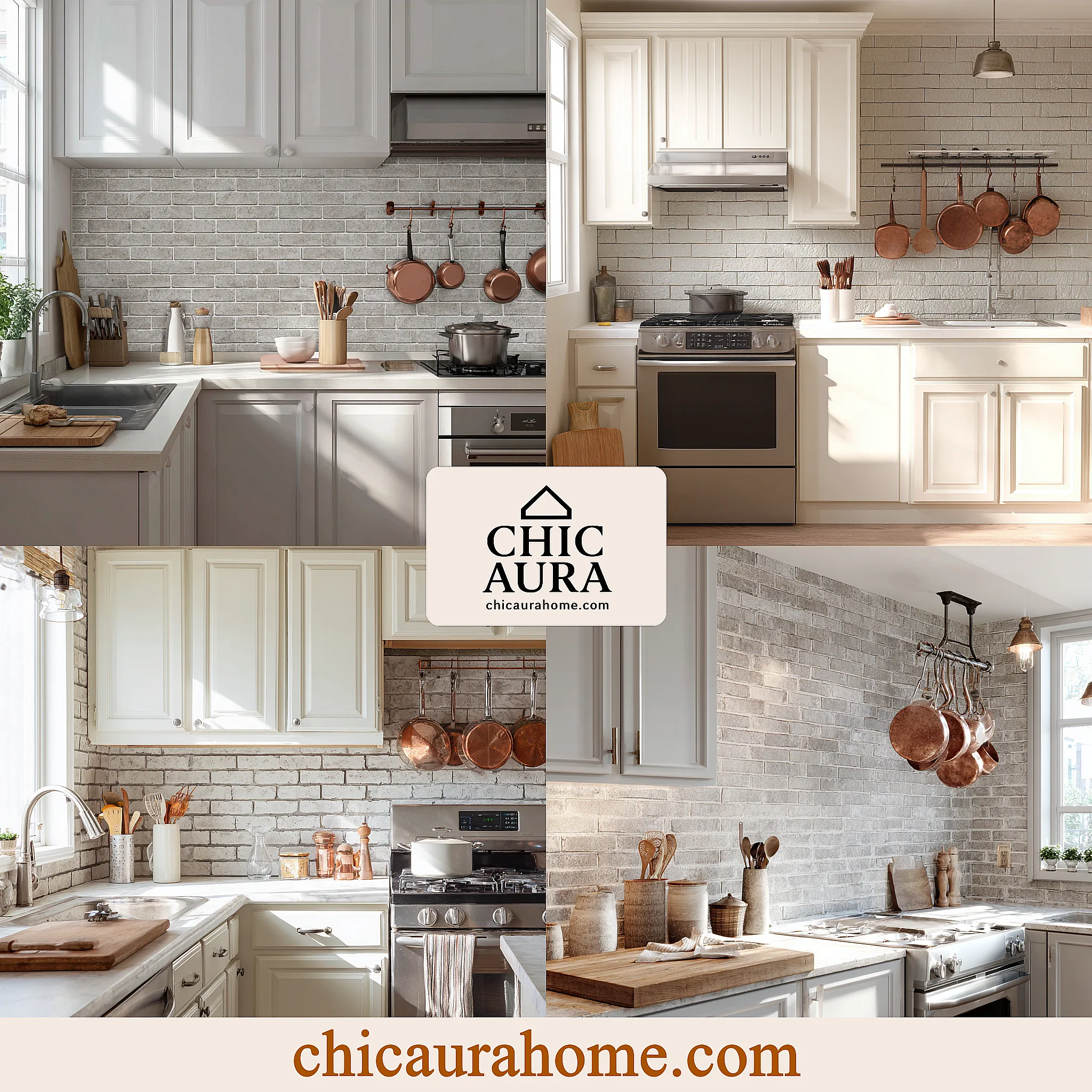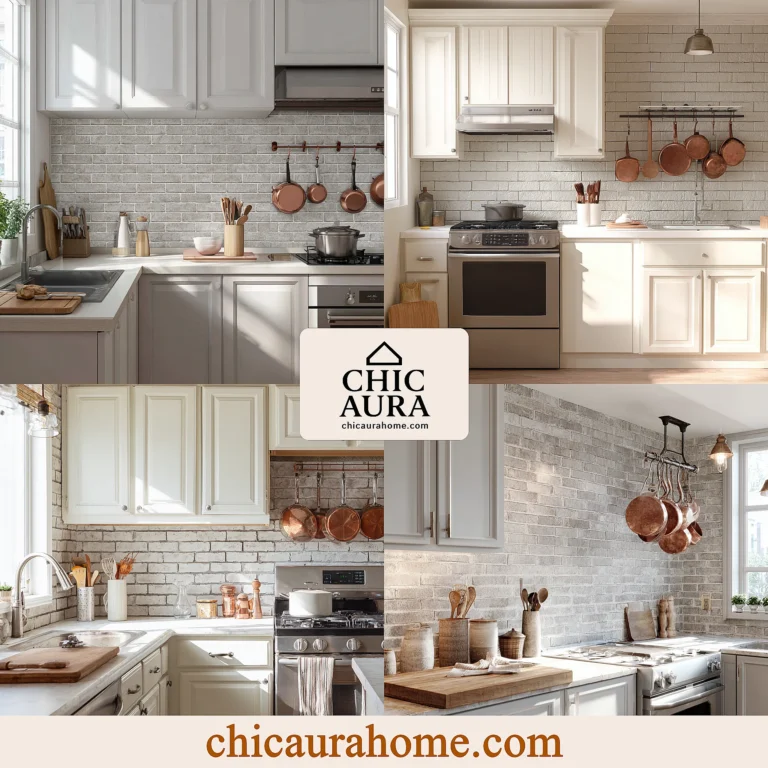
A faux brick backsplash is a game-changer for homeowners looking to add a touch of rustic charm or industrial flair to their kitchens without the hefty price tag or installation hassle of real brick. This versatile design element can dramatically alter the ambiance of your cooking space, making it more inviting and stylish. In this article, we’ll explore the transformative power of faux brick backsplashes, offering practical tips and creative ideas to help you achieve the look you desire. Whether you’re planning a full kitchen makeover or just a minor update, understanding the benefits and options available with faux brick backsplashes is essential for making informed design decisions.
Why Choose a Faux Brick Backsplash for Your Kitchen
Opting for a faux brick backsplash offers numerous advantages, from cost savings to ease of installation. Unlike traditional brick, faux options are lightweight and come in panels or tiles that can be easily applied over existing surfaces. This means no need for structural reinforcements or professional help in most cases. Additionally, faux brick backsplashes are available in a variety of colors and textures, allowing for complete customization to match your kitchen's theme. They're also incredibly durable and easy to clean, making them a practical choice for busy kitchens. Explore more about kitchen makeovers at https://chicaurahome.com/.
4 Creative Ideas for Incorporating a Faux Brick Backsplash
- Industrial Chic: Pair your faux brick backsplash with stainless steel appliances and open shelving for an urban loft feel. 2. Rustic Retreat: Combine with wooden countertops and vintage fixtures for a cozy, country-inspired kitchen. 3. Modern Minimalist: Choose a sleek, white faux brick backsplash to add texture without overwhelming your space. 4. Bold and Beautiful: Go for a painted faux brick backsplash in vibrant colors to make a statement. Each of these ideas can be tailored to fit your personal style and kitchen layout, proving the versatility of faux brick backsplashes.
Installation Tips for Your Faux Brick Backsplash
Installing a faux brick backsplash is a straightforward DIY project that can usually be completed in a weekend. Start by measuring your space accurately to determine how much material you'll need. Prepare the wall by cleaning it thoroughly and ensuring it's smooth. Most faux brick panels can be adhered directly to the wall with construction adhesive. For tiles, you'll need to apply thin-set mortar first. Once installed, seal the backsplash with a clear sealant to protect it from moisture and stains. Remember to follow the manufacturer's instructions closely for the best results.
Conclusion
A faux brick backsplash is an excellent way to add character and style to your kitchen without the expense and labor associated with real brick. With the variety of options available, you can easily find a look that complements your home's decor and reflects your personal taste. Whether you're drawn to the rustic charm of traditional brick or the clean lines of a modern interpretation, a faux brick backsplash can help you achieve your design goals. As trends continue to evolve, we can expect to see even more innovative uses of faux materials in home decor, making now the perfect time to experiment with this versatile design element.
Frequently Asked Questions
Q: How durable is a faux brick backsplash?
Faux brick backsplashes are highly durable and designed to withstand the heat and moisture commonly found in kitchens. With proper installation and sealing, they can last for many years without fading or deteriorating.
Q: Can I install a faux brick backsplash over existing tile?
Yes, in most cases, you can install faux brick panels or tiles over existing tile as long as the surface is clean, smooth, and properly prepared. However, it's always best to check with the manufacturer's recommendations for your specific product.
Q: How do I clean and maintain my faux brick backsplash?
Cleaning a faux brick backsplash is easy. Simply wipe it down with a damp cloth and mild detergent as needed. Avoid using abrasive cleaners or scrubbing pads, as they can damage the surface. Regular sealing can also help maintain its appearance and durability.

